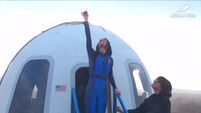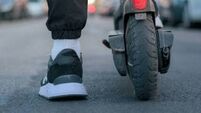Taliban troops 'hiding in residential areas'
Taliban forces in Afghanistan may be hiding in residential areas to shield themselves from air strikes, a senior US military officer said, as the Pentagon acknowledged that an errant 1,000lb bomb damaged an Afghan OAP centre.
Rear Admiral John Stufflebeem, deputy director of operations for the Joint Chiefs of Staff, said he had seen anecdotal evidence of the Taliban using residential areas to shield military troops and equipment.














